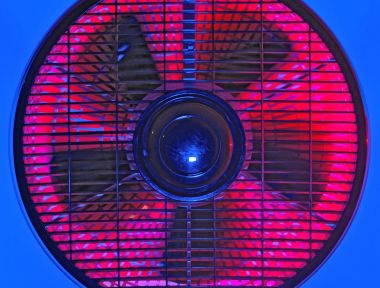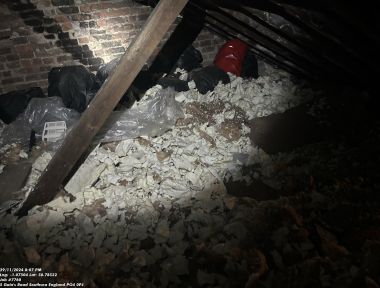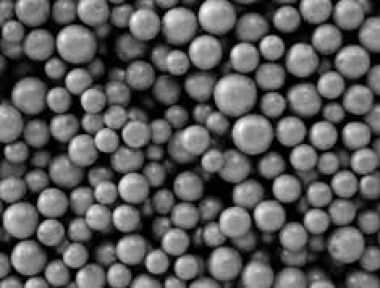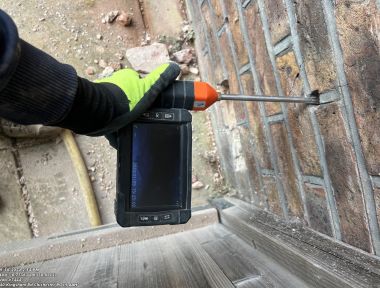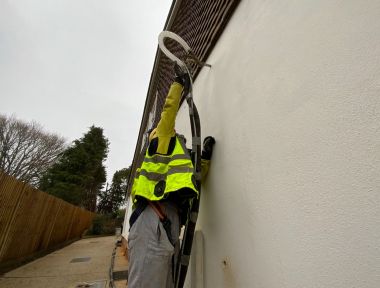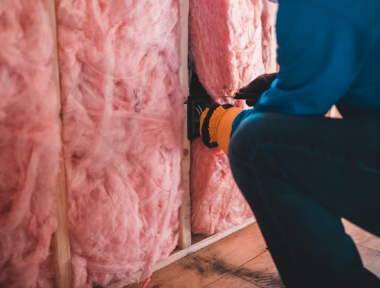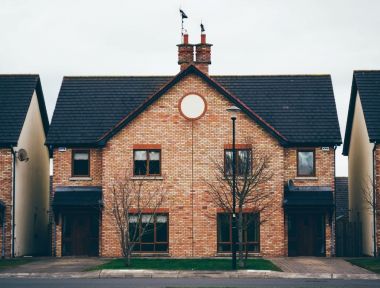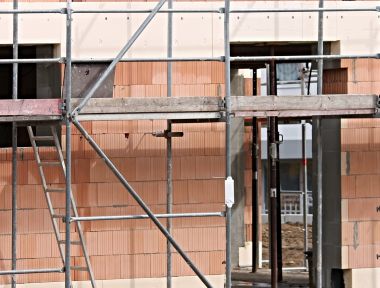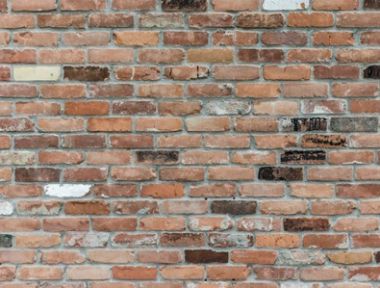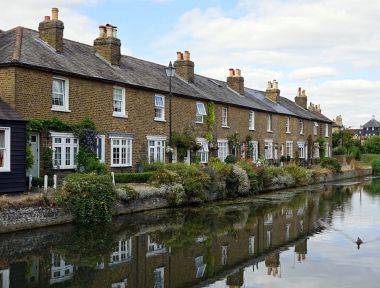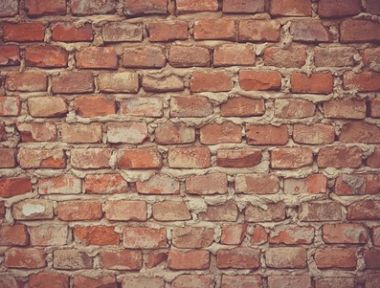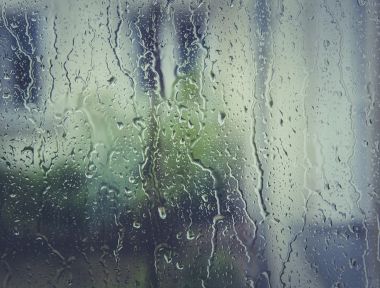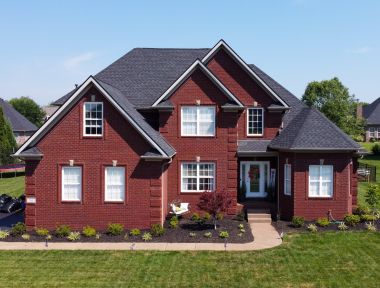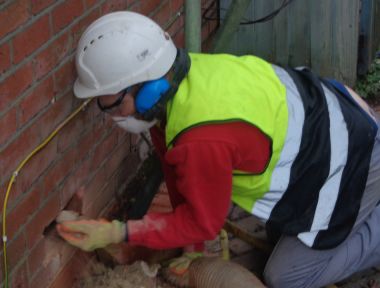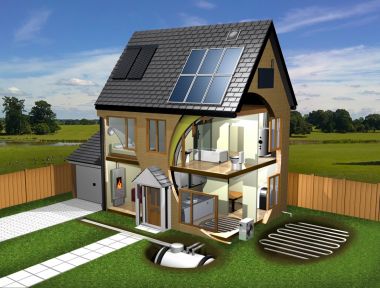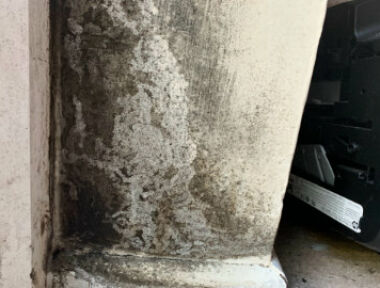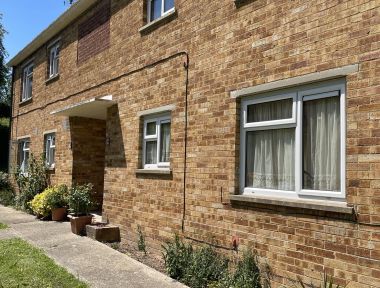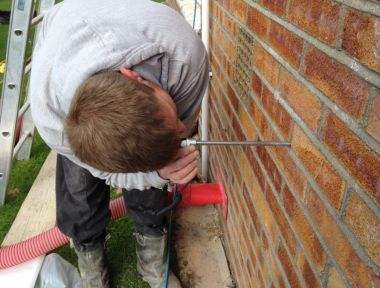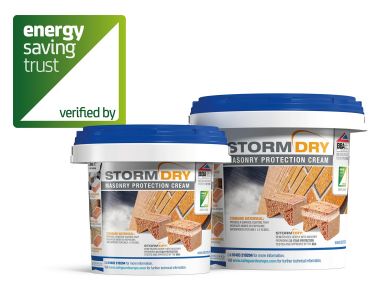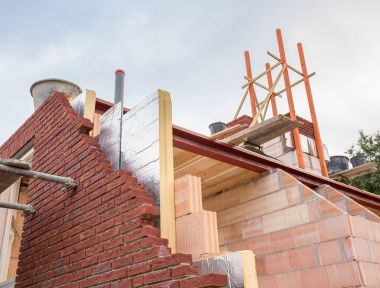There’s a common saying in the construction world: Build tight, ventilate right. However, we think that’s something that rings true in the insulation industry, too. Insulating tight and ventilating right is the foundation of any good installation.
Insulate Tight
A common misconception in the insulation landscape is that a home can be ‘too tight’; that it can have too much insulation, making it overly airtight. But the truth is that, when it comes to properties, there’s really no such thing as being ‘too airtight’; airtight is what you’re aiming for. Ultimately, the tighter the insulation, the better!
After all, insulation with gaps, or under-packed insulation, is problematic. It’s not going to be able to reduce heat loss to the extent needed unless it’s super tight. And with reports showing that more than one-third of heat escapes through the walls, having tight cavity wall insulation is critical if you’re going to see the desired results.
However, it is true that tight insulation can cause problems when it’s not paired with the right ventilation. Buildings need to ‘breathe’; they need to allow for water vapour from cooking, bathing, and simply breathing, to escape. Otherwise, moisture can’t go anywhere; it’s left building up condensation, leading to dampness and mould. That’s why ventilation is so important.
Ventilate Right
Insulation, ventilation, and airtightness form a pyramid. And you can’t have one without the other. If you increase one - insulation - you increase another by default: airtightness. So, you can’t afford to leave the other part of the triangle lagging behind; you must be prepared to boost ventilation with any new installation.
Unfortunately, many homes - especially older homes - don’t have adequate ventilation for the tight insulation that’s being retrofitted. So much so that the Committee on Climate Change is asking for ‘regulations around ventilation to evolve to keep pace with improvements in the energy efficiency of buildings'.
Ventilation Options
Fortunately, there are many options available for improving ventilation in tightly insulated homes. This includes natural ventilation techniques, such as airing rooms regularly by opening doors and windows, to mechanical ventilation options such as extractor fans in kitchens and bathrooms. There’s also the option to add air bricks, air vents, window vents, and roof ventilation tiles to enable improved airflow.
Do you still have questions about airtightness and ventilation? We’re here to answer them! Get in touch to find out more about insulating tight and ventilating right!

